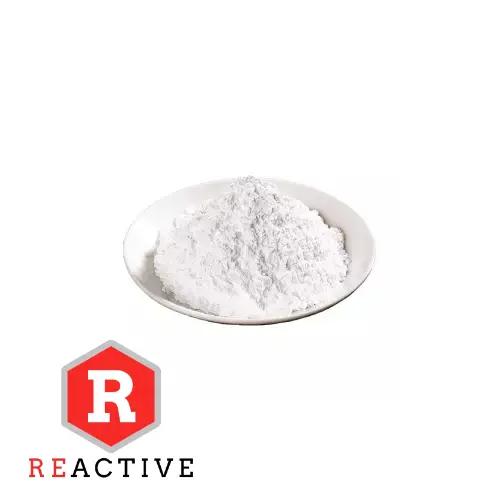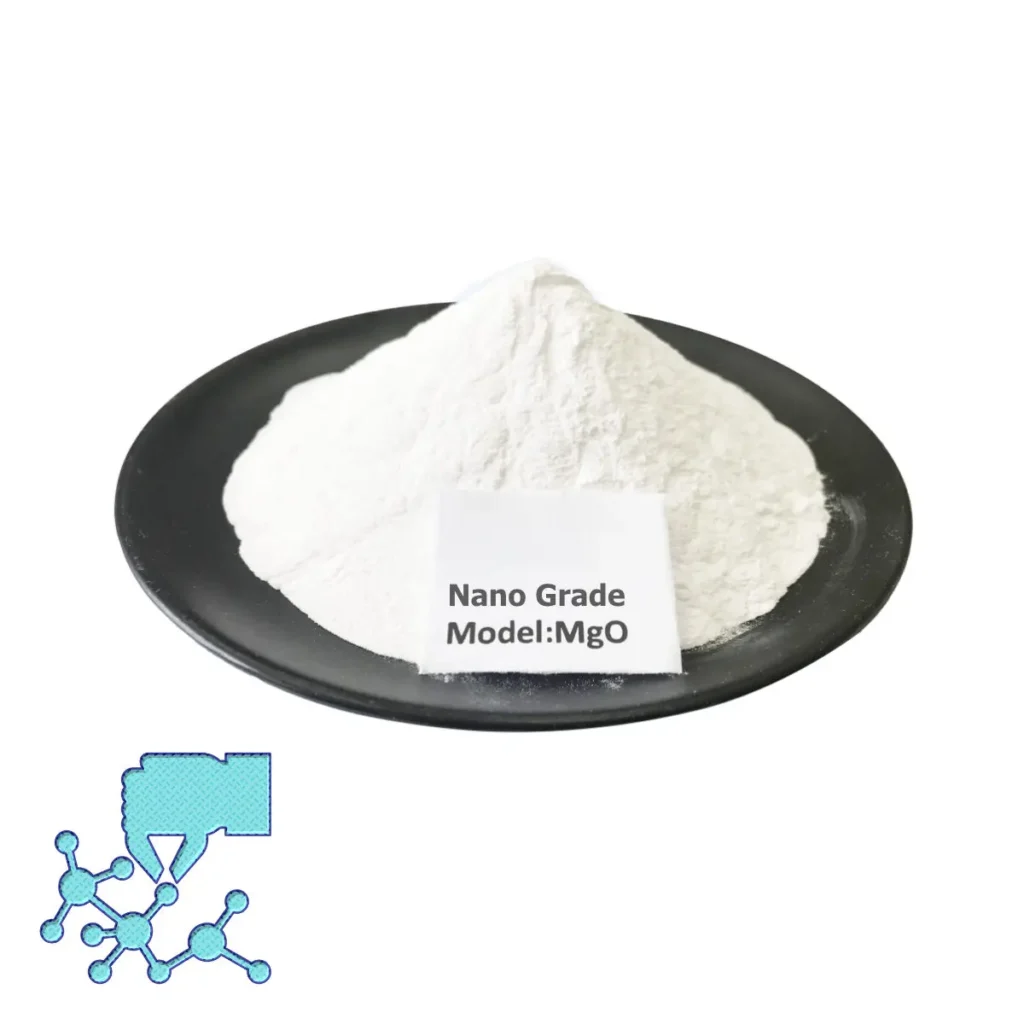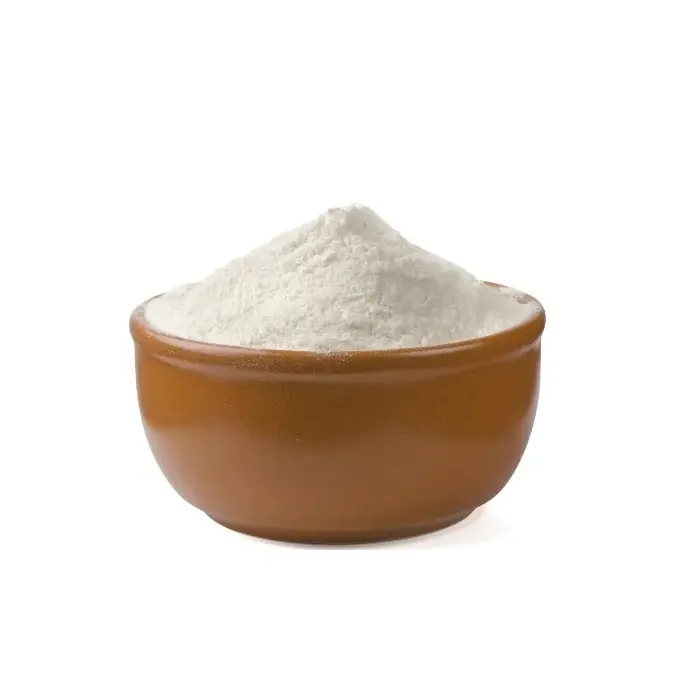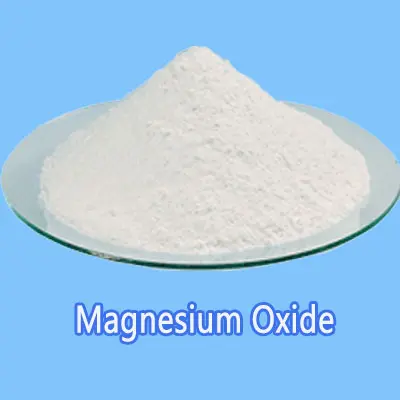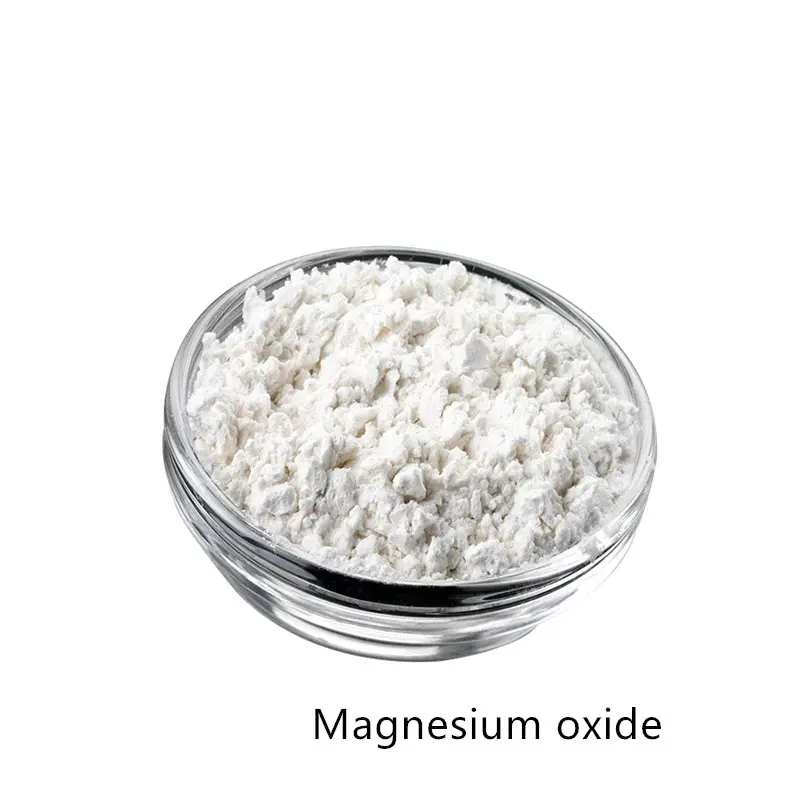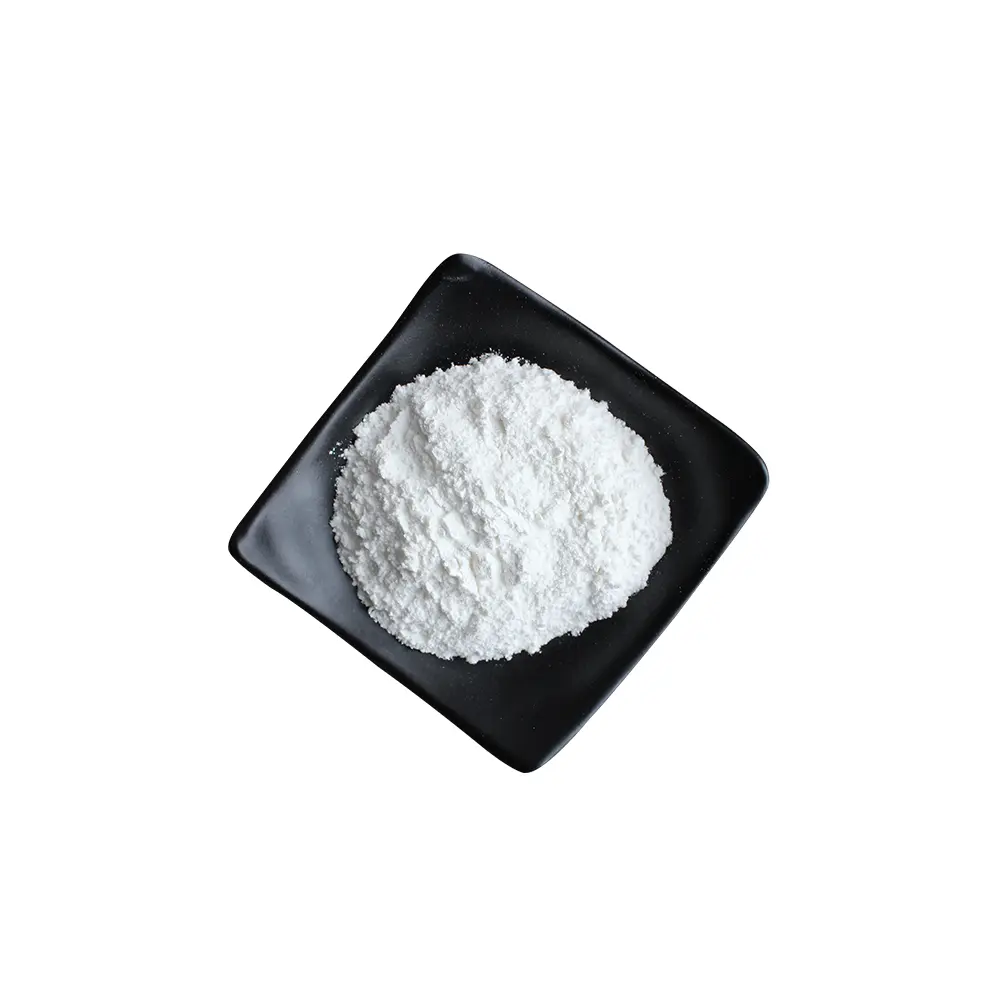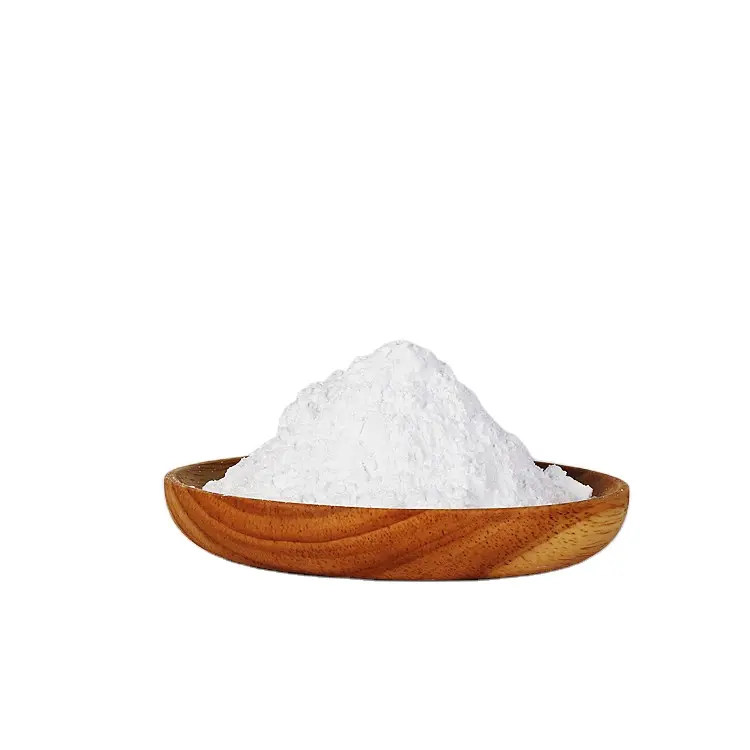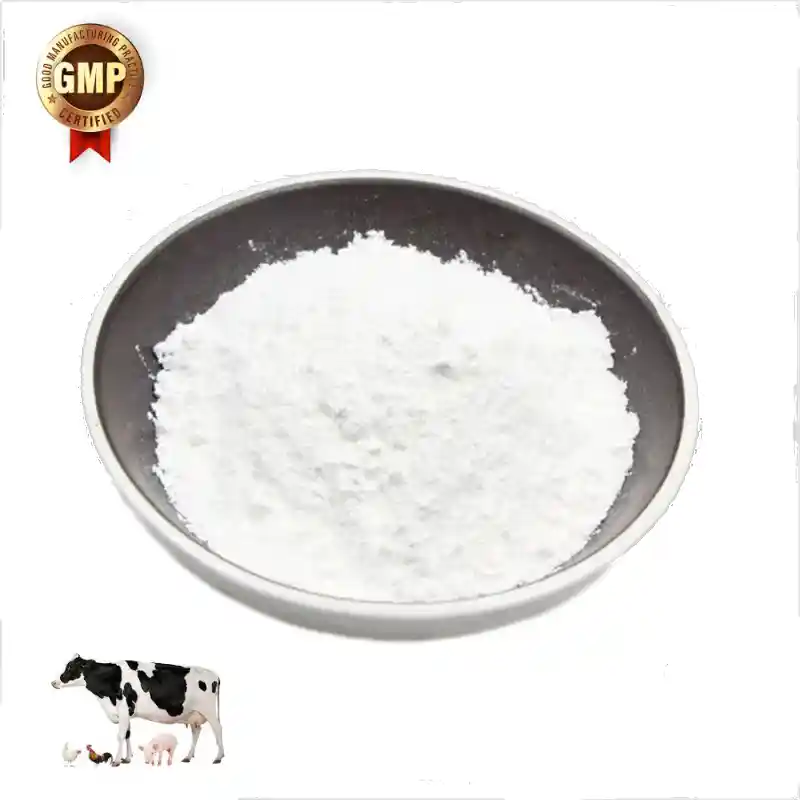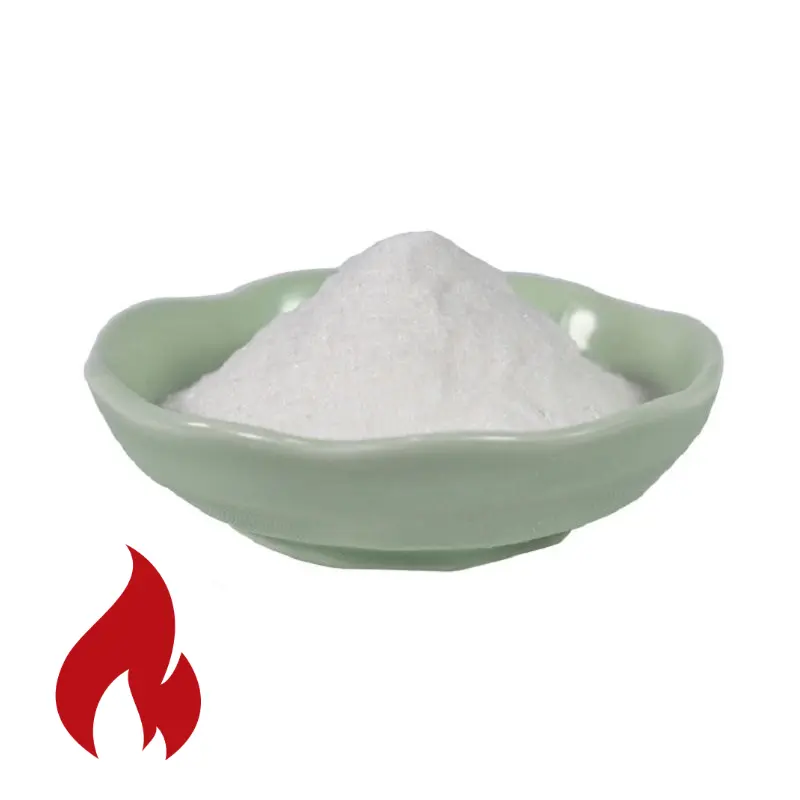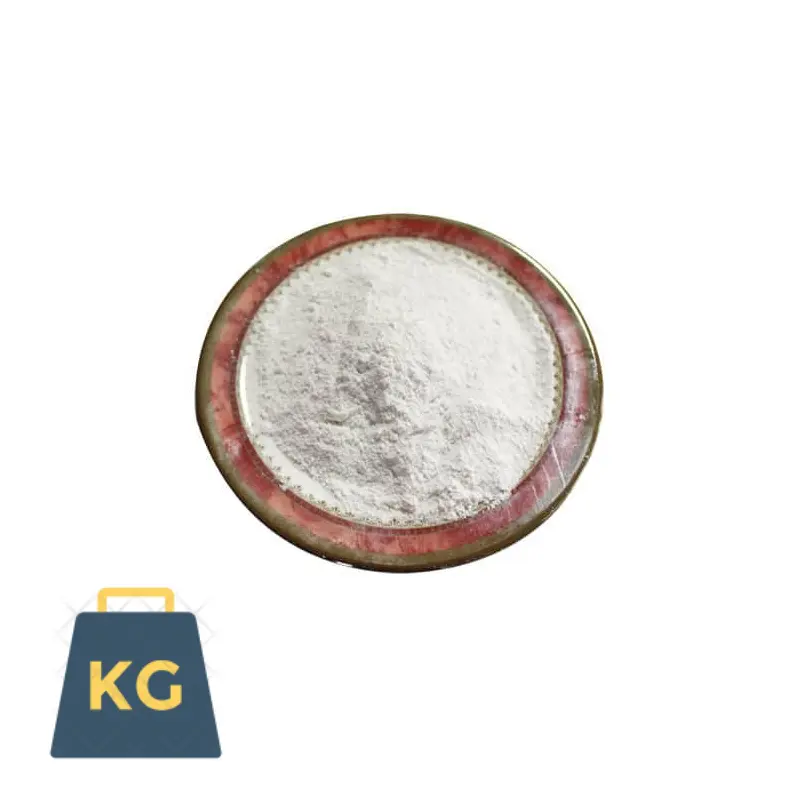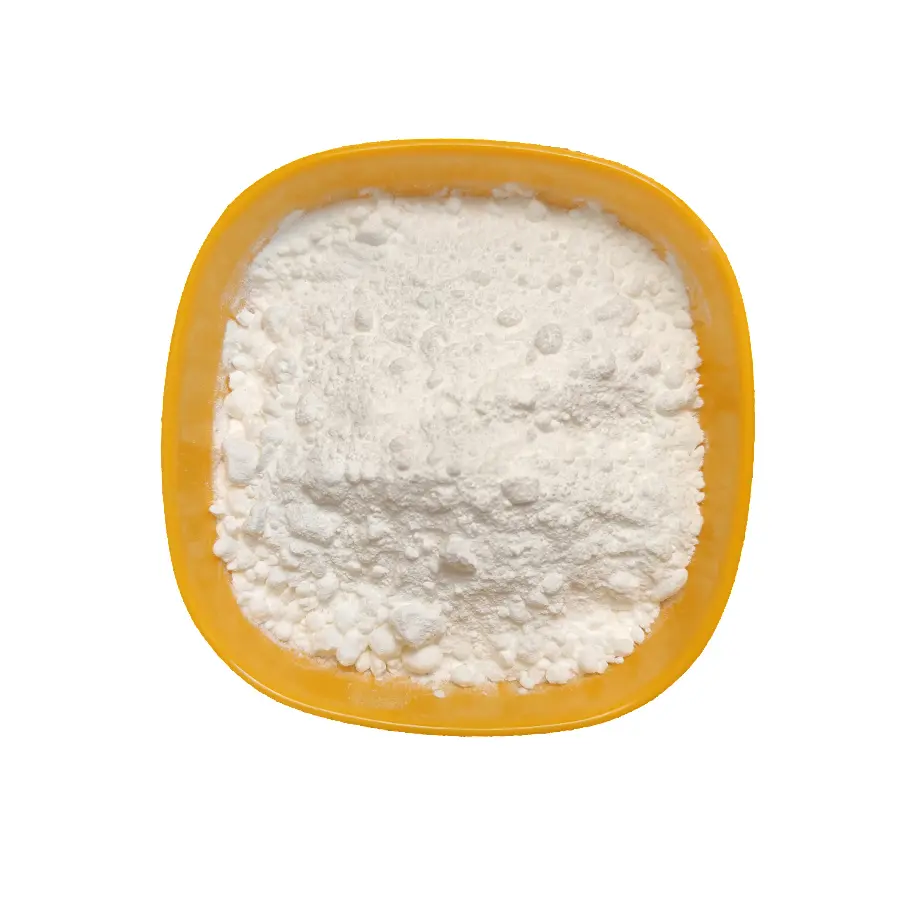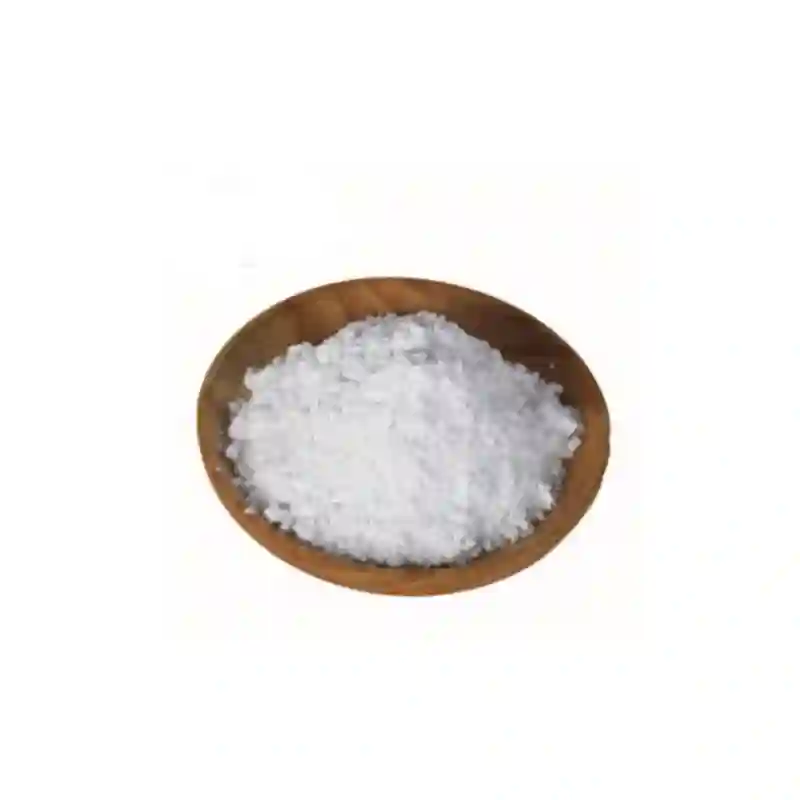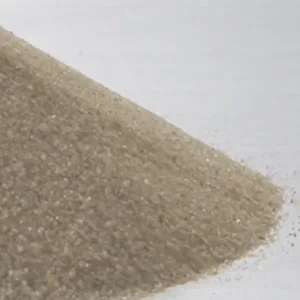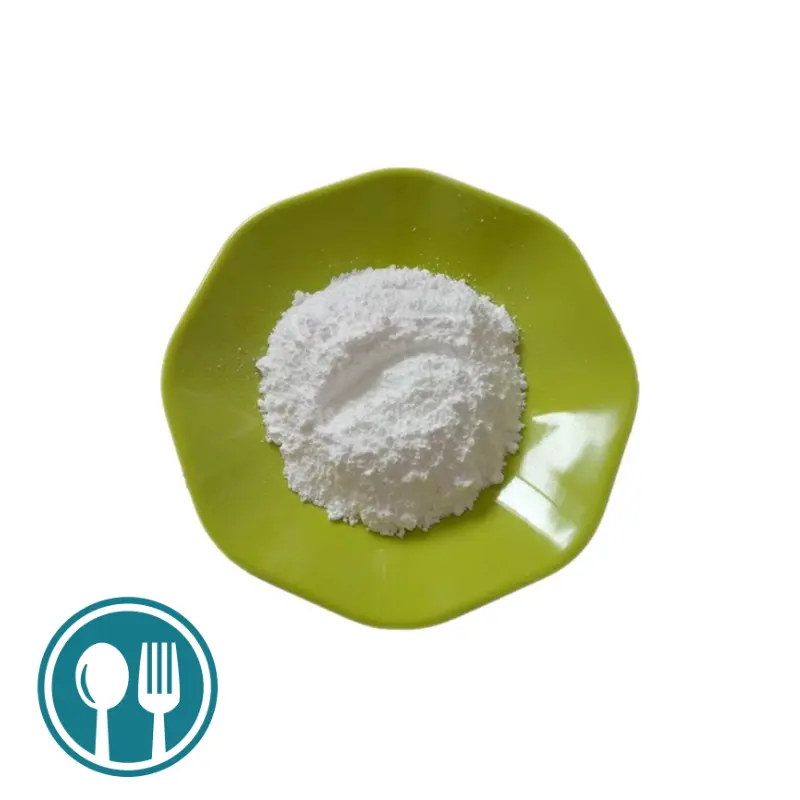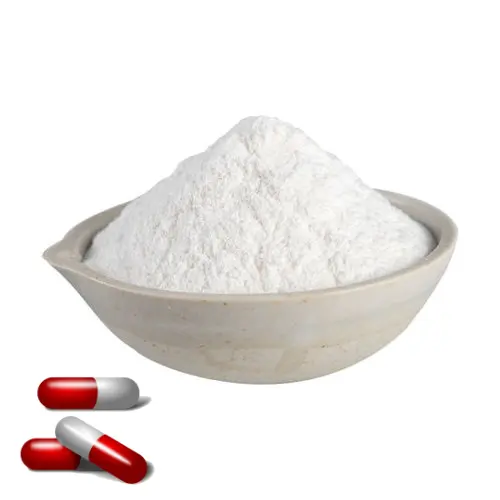Hebei Messi Biology Co., Ltd. was established in 2015 with a registered capital of 55 million. Messi Biology is a Magnesium Oxide supplier located in Xingdong New District, Xingtai City, Hebei Province.
Magnesium Oxide is known for its ability to matte glazes in larger proportions, though the mechanism for this is different at higher temperatures and low temperatures. Magnesium oxide is mainly obtained from dolomite and talc at medium and high temperatures; it is sourced mainly from dolomite and talc.
But more magnesium oxide is currently produced from the calcination of naturally occurring minerals. Magnesite (MgCO3) is the most common natural source of magnesium oxide.
Other essential sources include seawater, underground deposits of brine, etc. Research shows that magnesium is the eighth-most abundant element in the earth’s crust, comprising about two percent of the earth’s crust, as well as 0.12% of seawater. Magnesium oxide performs excellently in high temperatures, particularly in the provision of electrical insulation.

